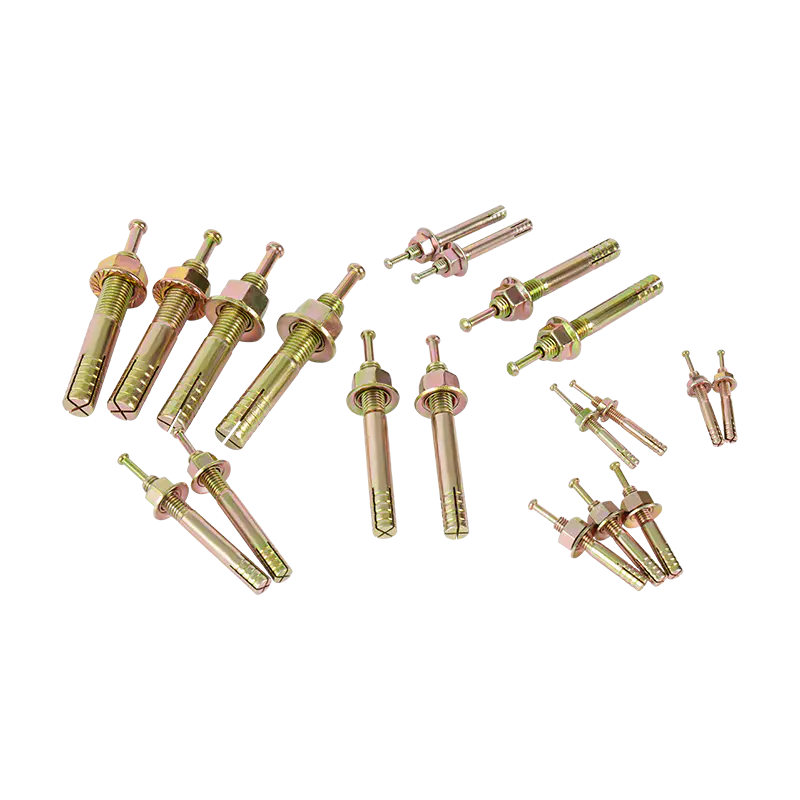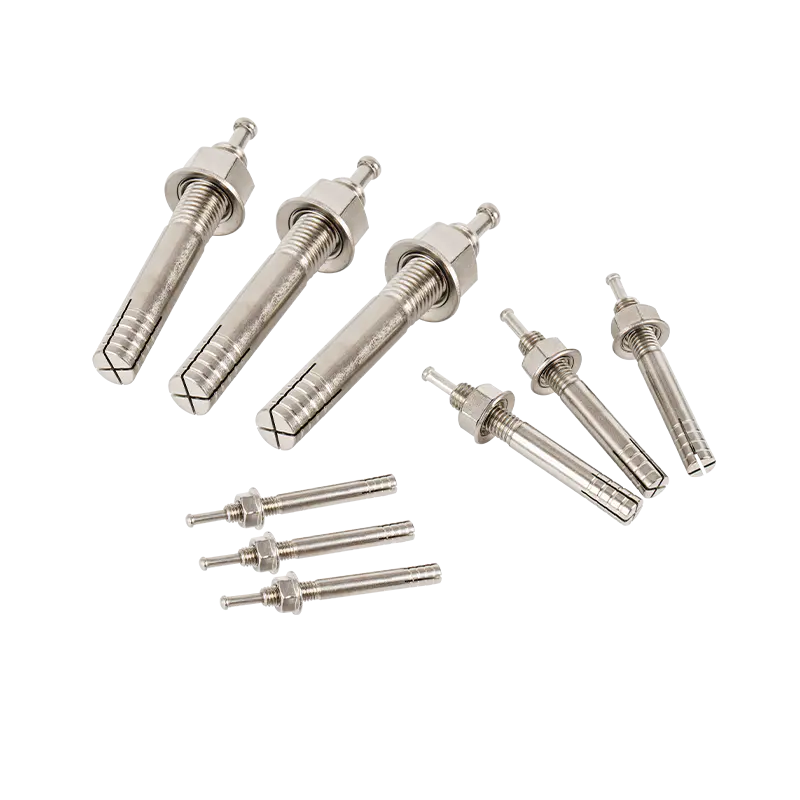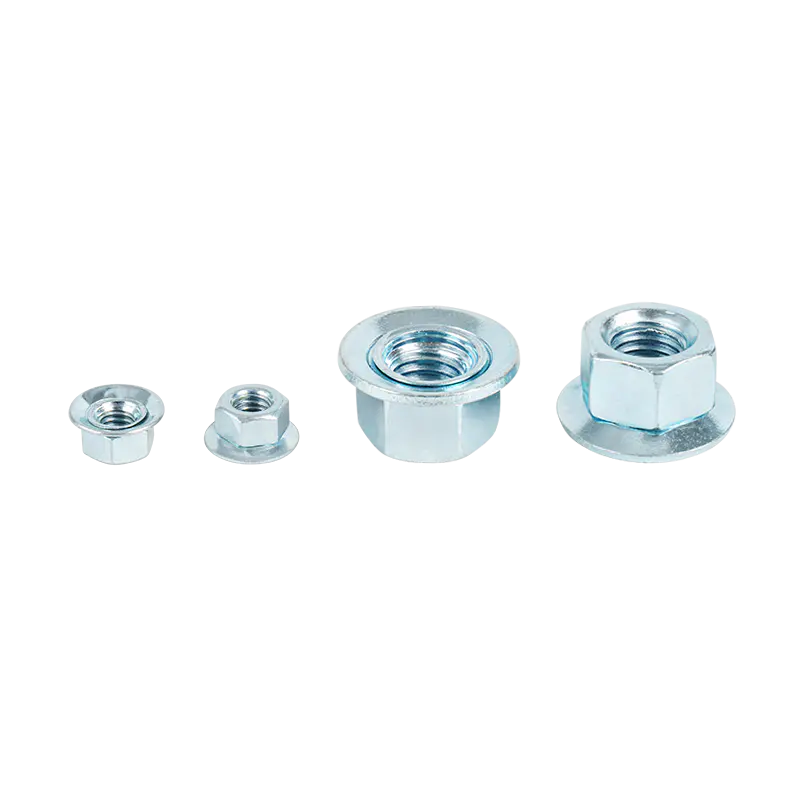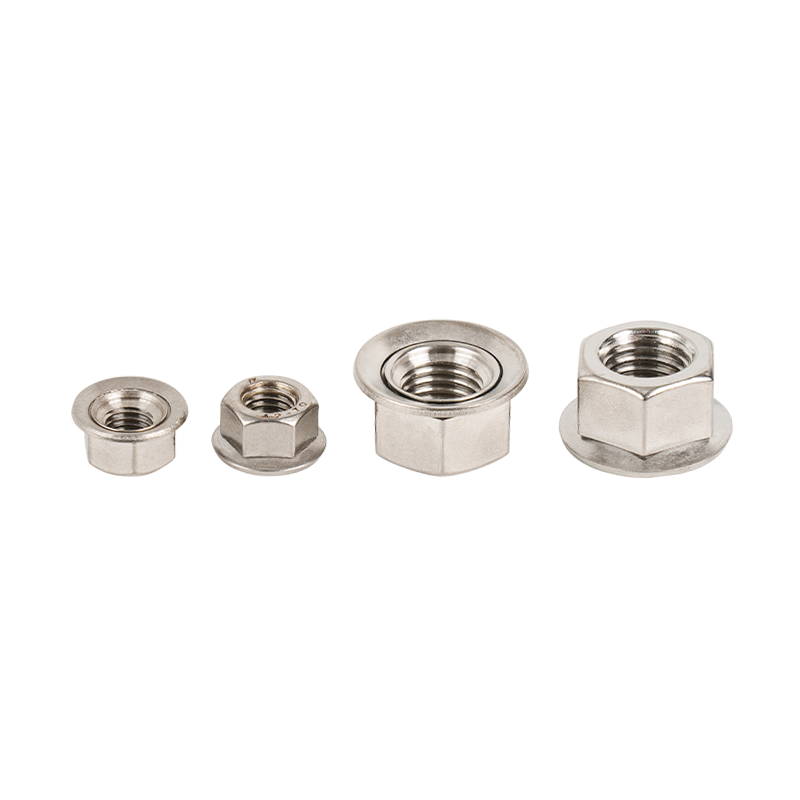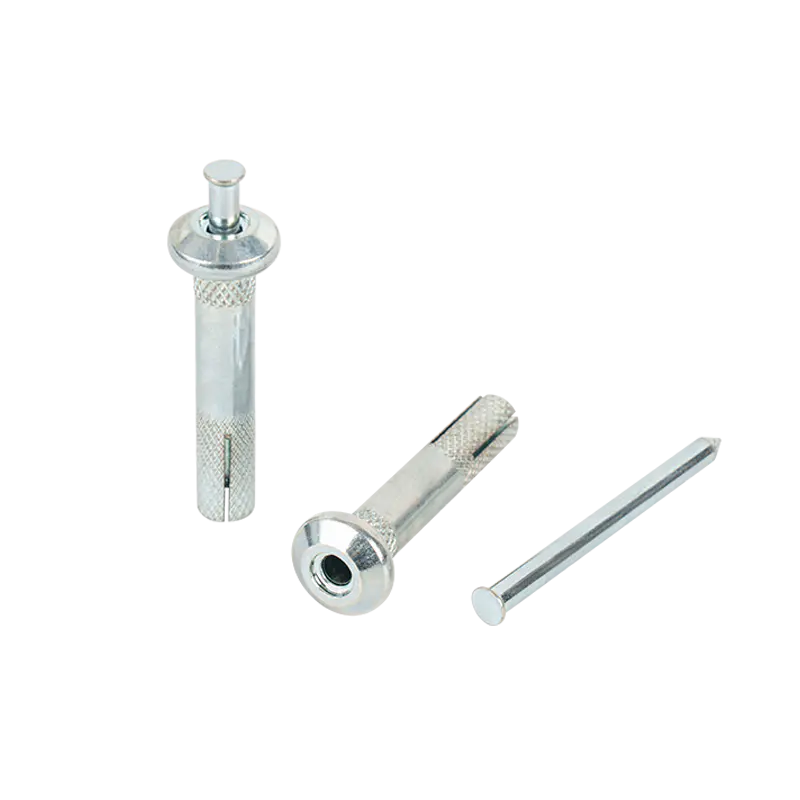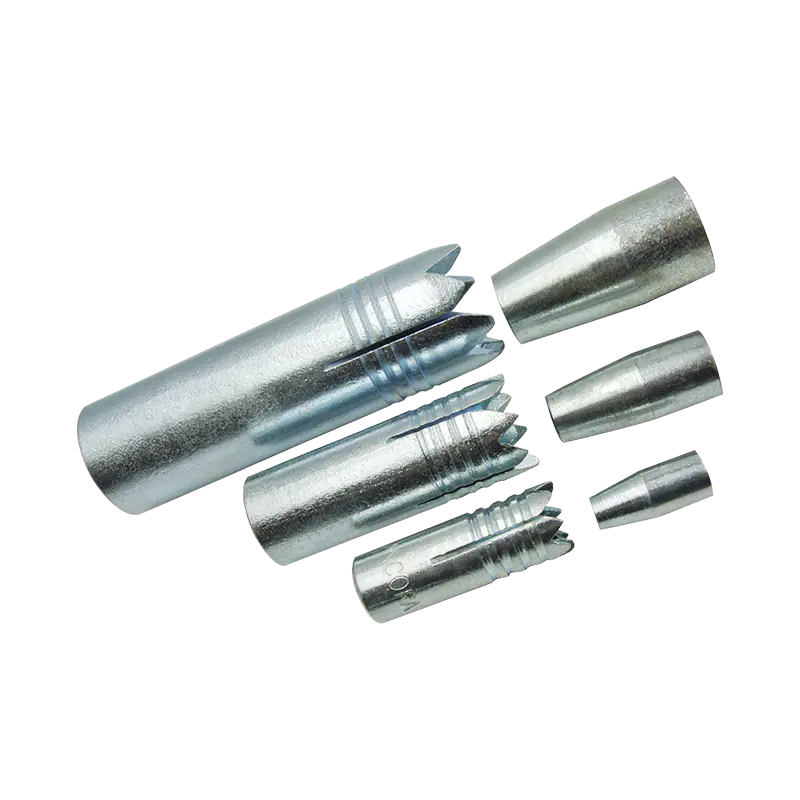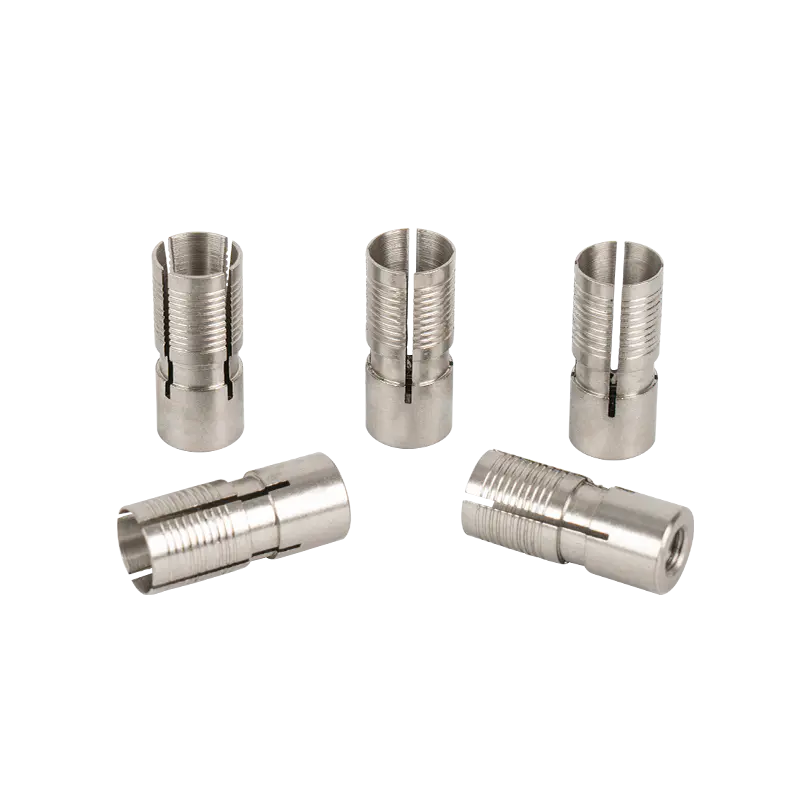How does the corrosion resistance of Carbon Steel Strike Anchor ensure long-term safety?
2025-05-09
In harsh environments such as offshore platforms, bridge anchoring, and large steel structures, the corrosion protection ability of metal anchors is directly related to the safe life of engineering structures. As a core product in the field of industrial anchoring, Carbon Steel Strike Anchor is setting an industry benchmark as a "long-term safety guardian" in major global engineering projects with its systematic anti-corrosion solutions.
1. Material innovation: Dual-phase protection system breaks through technical bottlenecks
Carbon Steel Strike Anchor uses ASTM A108 standard carbon steel substrate. By precisely controlling the carbon content (0.35%-0.45%) and the ratio of manganese silicon alloy, it significantly improves the resistance to intergranular corrosion while ensuring the mechanical strength of the material. Salt spray test data from a third-party laboratory shows that the corrosion resistance of its substrate is 42% higher than that of traditional carbon steel, and it can still maintain stable performance in a corrosive environment with a pH value of 5-9.
Even more groundbreaking is its patented zinc-aluminum composite coating technology. Using the plasma transferred arc (PTA) process, 96% zinc + 4% aluminum alloy powder is sprayed at supersonic speed to form a 60-120μm dense protective layer. This composite coating not only has the function of sacrificial anode protection, but its microhardness (380-420HV) can effectively resist sand and gravel erosion, and has shown excellent performance of 15 years of maintenance-free in field applications in the North Sea oil field.
2. Structural design: scientific corrosion protection to extend service life
The engineering team of Carbon Steel Strike Anchor optimized the streamlined design of the anchor surface through fluid mechanics simulation. The unique V-shaped guide groove structure can reduce 80% of the water retention, and with the bottom drainage hole design, it can effectively avoid the risk of local electrochemical corrosion. In the Hong Kong-Zhuhai-Macao Bridge project, this design controls the annual corrosion rate of the anchor system in the splash zone to 0.02mm/year, which is far lower than the industry average of 0.15mm/year.
For deep-sea high-salt environments, the product is specially equipped with EPDM rubber sealing components. The component is ISO 12944-C5-M certified and can maintain elastic sealing under 40 meters of water pressure to block the path of seawater penetration. Monitoring data from the Penang Second Bridge in Malaysia shows that after 8 years of service, the internal corrosion of the anchor system with sealing components is only 1/7 of that of the traditional design.
3. Full-cycle quality control: closed-loop quality from laboratory to construction site
The full-process quality traceability system established by the manufacturer ensures that each Carbon Steel Strike Anchor undergoes:
Spectrum analyzer (PMI) verifies material composition
Coating thickness gauge (Elcometer 456) detects coverage uniformity
3000-hour accelerated corrosion test (ASTM B117 standard)
Dynamic load test (EN 1993-1-3 standard)
In the Dubai 700MW solar thermal power station project, the support structure using this anchor system has a safety factor of 98.6% of the design value in an extreme environment of 50℃/95%RH, which perfectly verifies its long-term protection capability.
In the field of engineering safety, time is the most fair referee. Carbon Steel Strike Anchor is building a full lifecycle safety shield for global infrastructure through interdisciplinary innovations in material science, structural mechanics, and surface engineering. When each anchor point has the ability to protect beyond its design life, we are one step closer to the ideal of a "century-old project." Choosing proven protection technology is the most responsible investment in project quality.

 English
English 日本語
日本語
